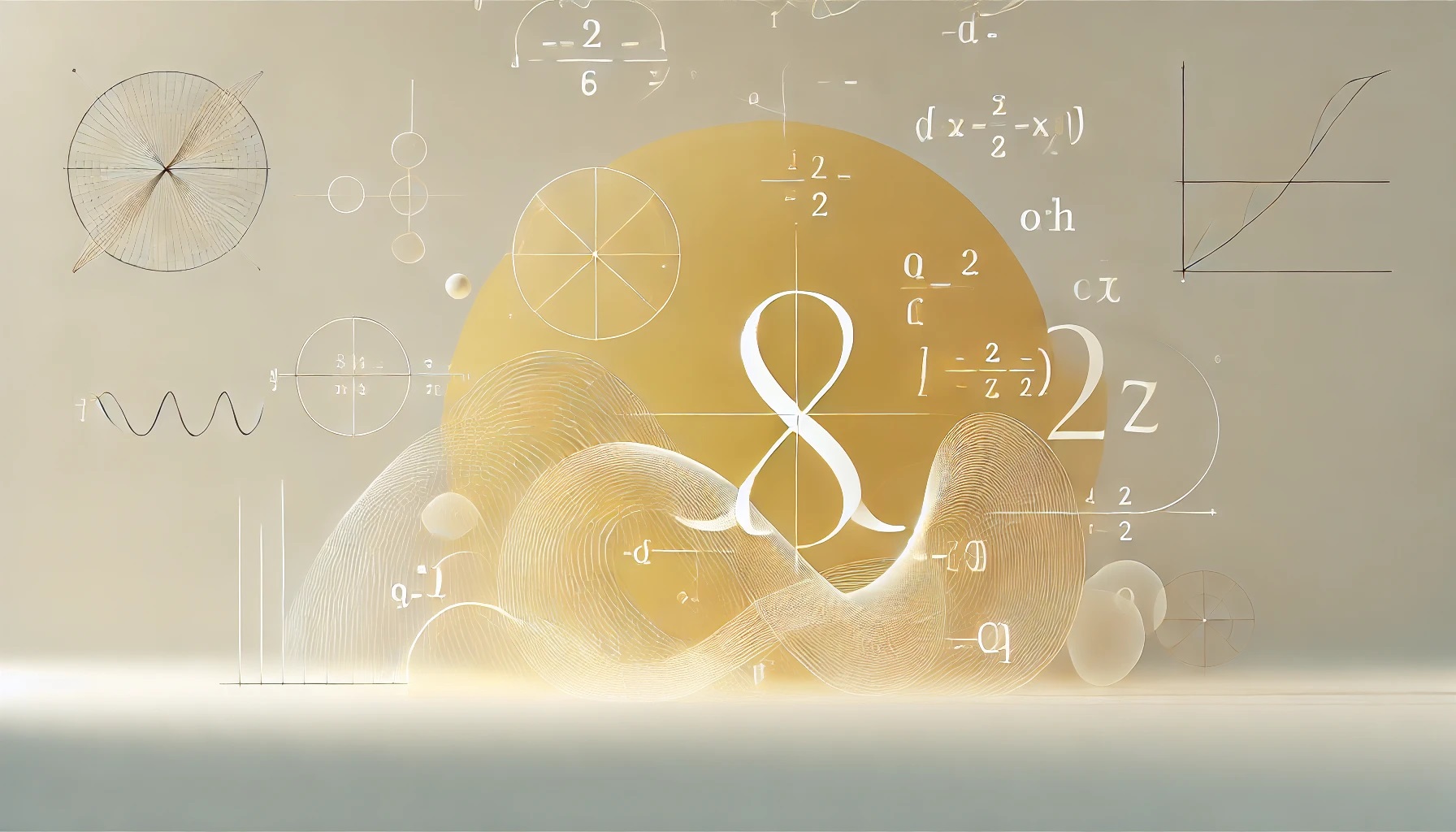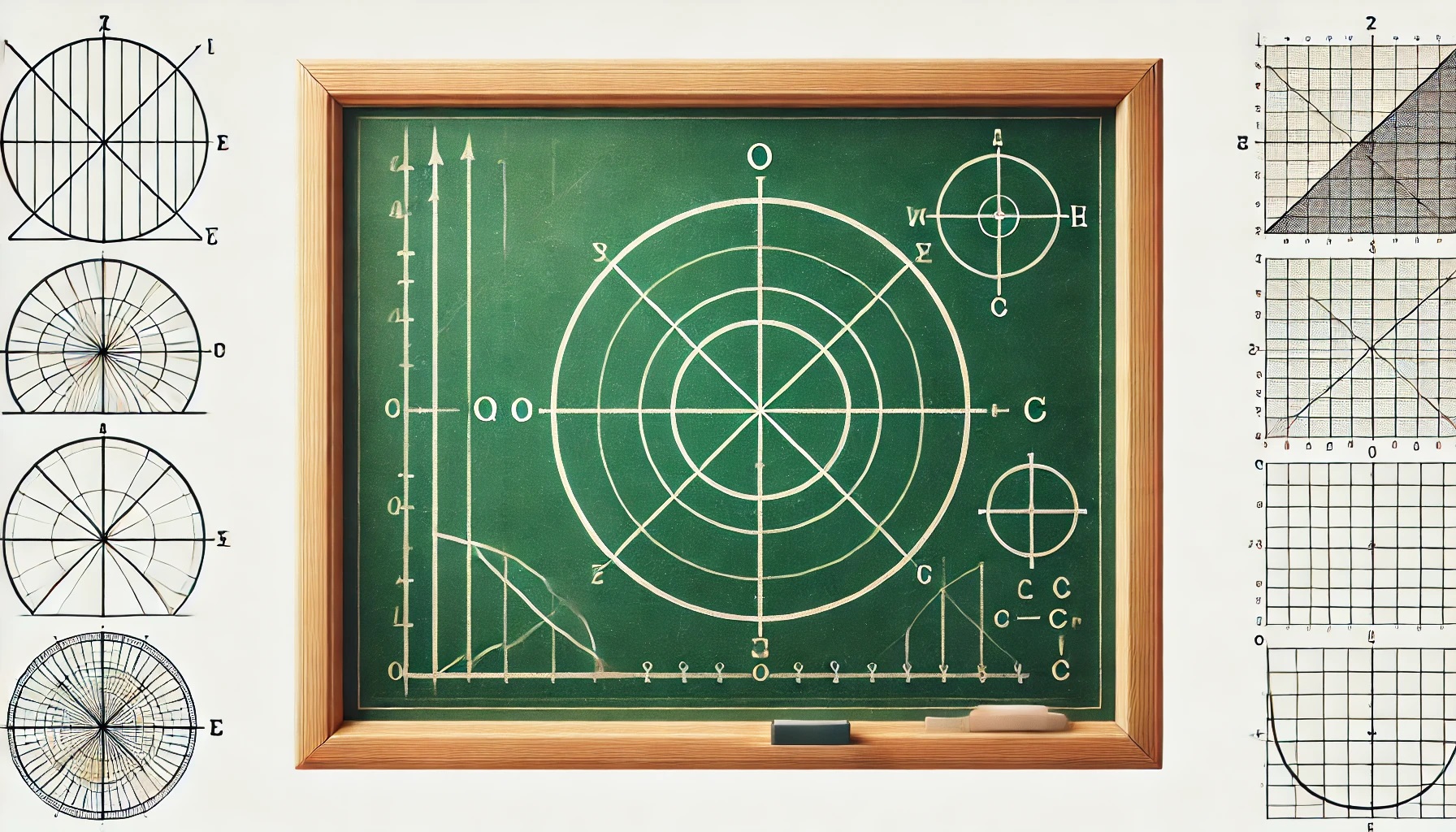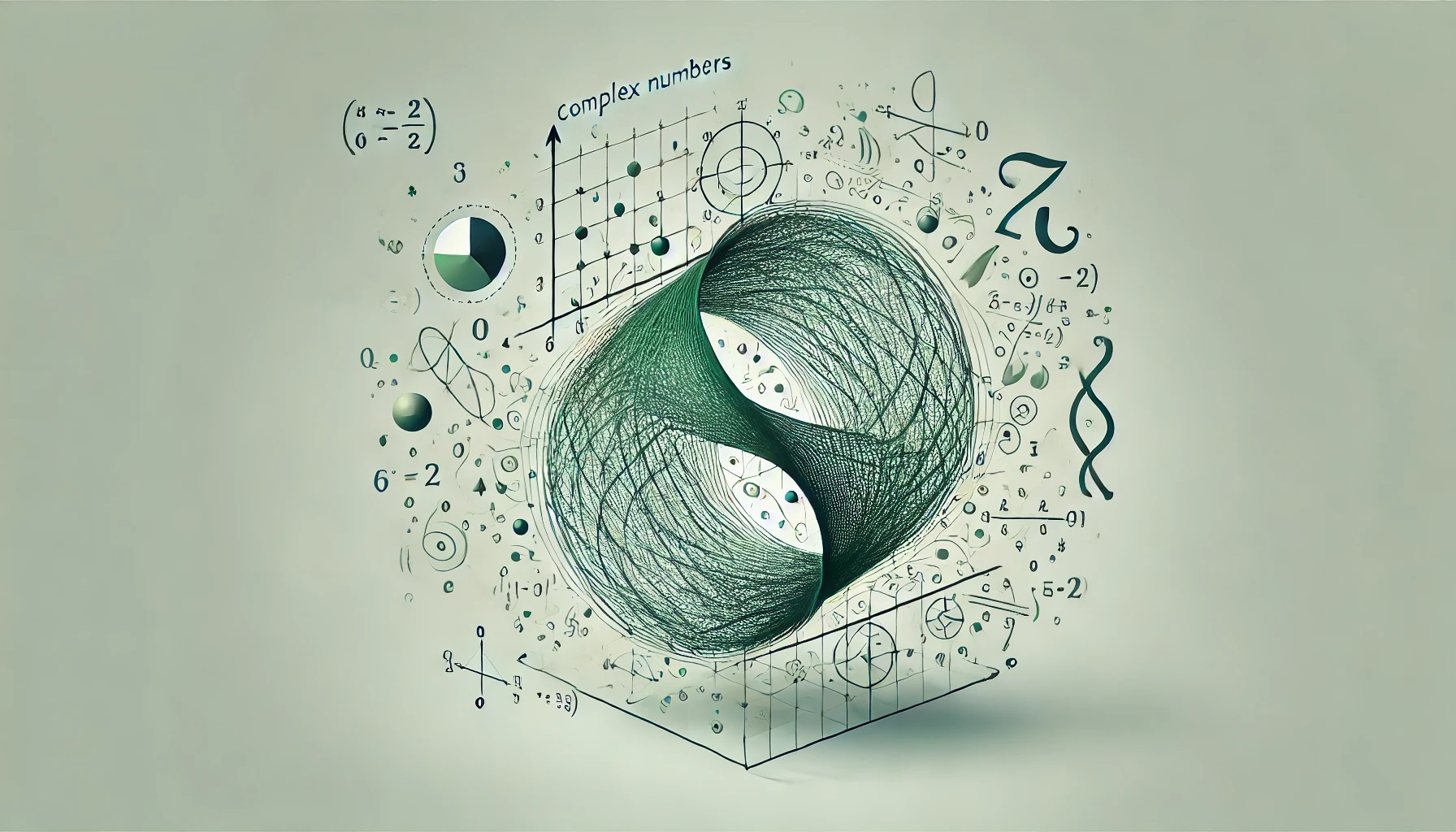
Canonical Form of a Quadratic Function in Rational Integrals
I get a lot of questions about the formula for the canonical form of a quadratic function introduced in my Course on Indefinite Integrals. Why is there a^2? Let me explain.

I get a lot of questions about the formula for the canonical form of a quadratic function introduced in my Course on Indefinite Integrals. Why is there a^2? Let me explain.

There are times in life when the region of integration in a double integral is an ellipse…. What do we do then?

Complex numbers as a whole are not a complicated and difficult topic. However, things can get “heated” in less typical and less schematic situations. The key then, as always, is to understand the topic and keep a “cool head,” meaning being clear-headed and confident.

When solving problems with complex numbers, it’s important to keep in mind that a complex number in trigonometric form has its typical form. And only that form. No more, no less. Therefore, you need to pay attention to when a complex number is in trigonometric form and when it is not.

In indefinite rational integrals, as we know, it is often necessary to factorize the denominator of the integrand and further decompose it into simple fractions. However, factorization itself can often be tricky.
Recent Comments